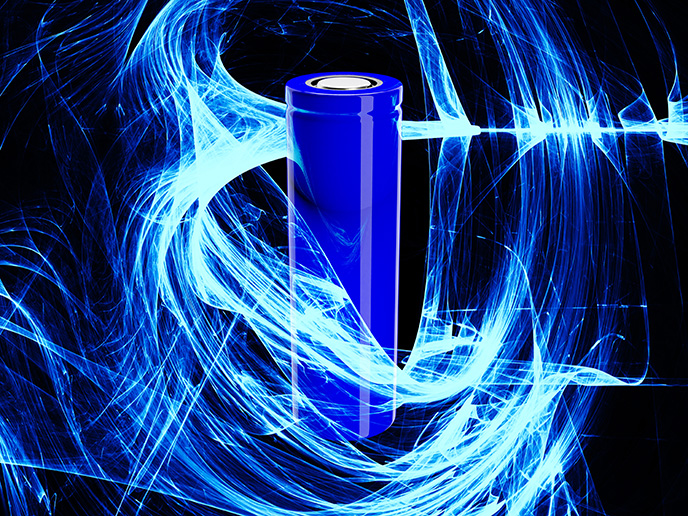Better rechargeable battery solutions using sodium ions
Digital devices, renewable energy technologies and electric vehicles are increasing the market for lithium-ion batteries. However, these high-performance rechargeable batteries have some drawbacks. They contain possibly toxic raw materials, may explode when overheated or overcharged, and are more costly than other rechargeable batteries. A potentially attractive alternative is the sodium-ion battery that promises better safety, lower costs and a smaller negative impact on the environment. With this goal in mind, researchers supported by the EU-funded SEED project have focused on sodium ions to investigate new combinations of electrolyte solutions and electrode materials. Their findings were published in the journal ‘Advanced Energy Materials’.
Novel storage reactions
“In contrast to lithium-ion batteries, which are based on the storage of lithium ions in the positive and negative electrodes of the battery, we are working on the one hand with sodium ions, as they also occur in cheap table salt. On the other hand, we store the sodium ions together with their solvate shell, i.e. solvent molecules from the electrolyte solution that separate the two electrodes. This makes it possible to realise completely new storage reactions,” states study senior author Prof. Philipp Adelhelm of SEED project host Humboldt-Universität zu Berlin (HU Berlin) in a news item posted on the website of Helmholtz-Zentrum Berlin (HZB). Intercalation is the process whereby a guest ion is inserted into a host lattice. When ions are stored together with their solvation shell in a crystal lattice, we call this co-intercalation. Although this concept had until now been limited to the negative electrode of the sodium-ion battery, the research team managed to extend it to the battery’s positive electrode. Study first author Dr Guillermo Alvarez Ferrero, also from HU Berlin, explains: “With titanium disulphide and graphite, we have for the first time combined two materials that absorb and release the same solvent during charging and discharging of the battery.” As reported in the news item, aided by operando measurements performed on the energy dispersive diffractometer LIMAX-160 at HZB’s X-Ray CoreLab, the team identified changes in the material during charging and discharging. This enabled them to assign the co-intercalation mechanism inside the battery. With this new insight, they developed the first proof of concept solvent co-intercalation battery – a battery with two electrodes that both rely on reversible co-intercalation of solvent molecules. “We are still in the early stages of understanding the implications of the co-intercalation batteries. But there are a few possible advantages we can envision,” remarks co-author Dr Katherine Mazzio of HZB. “The process of co-intercalation could improve upon efficiency by enabling better low temperature performance. It could also be utilised to improve upon alternative cell concepts such as using multi-valent ions instead of Li+ or Na+ storage that are particularly sensitive to the solvation shell.” The 5-year SEED (Solvated Ions in Solid Electrodes: Alternative routes toward rechargeable batteries based on abundant elements) project ends in May 2025. For more information, please see: SEED project
Keywords
SEED, battery, sodium, sodium-ion battery, intercalation, co-intercalation, storage, electrode, electrolyte, solvent



